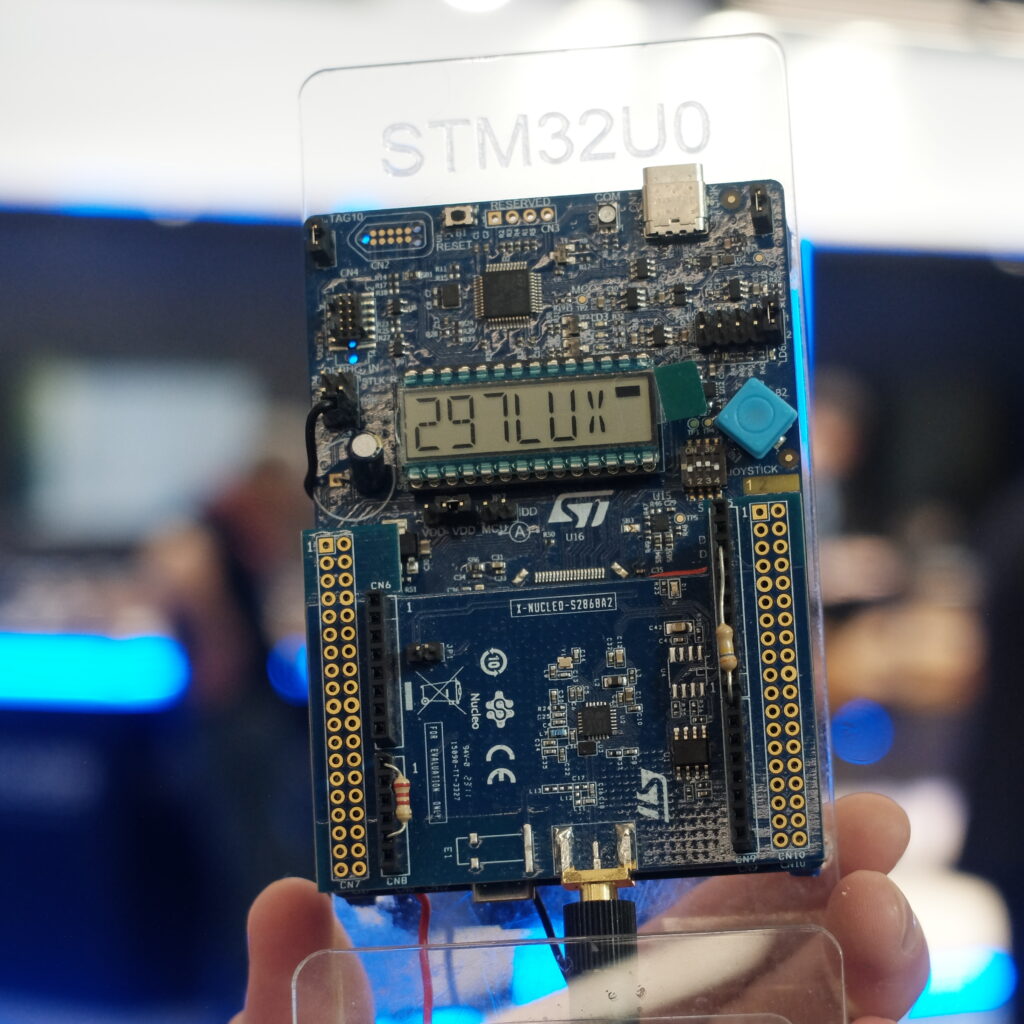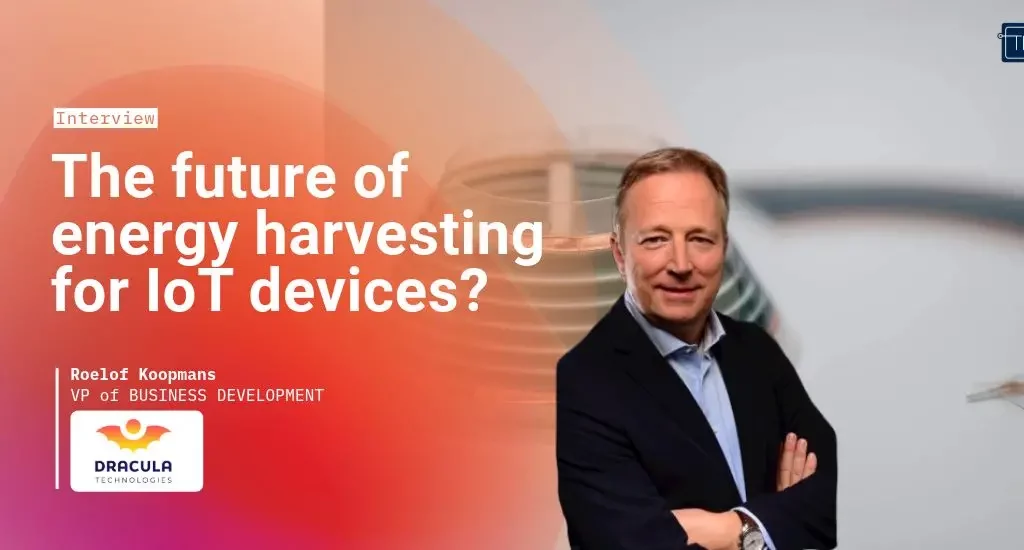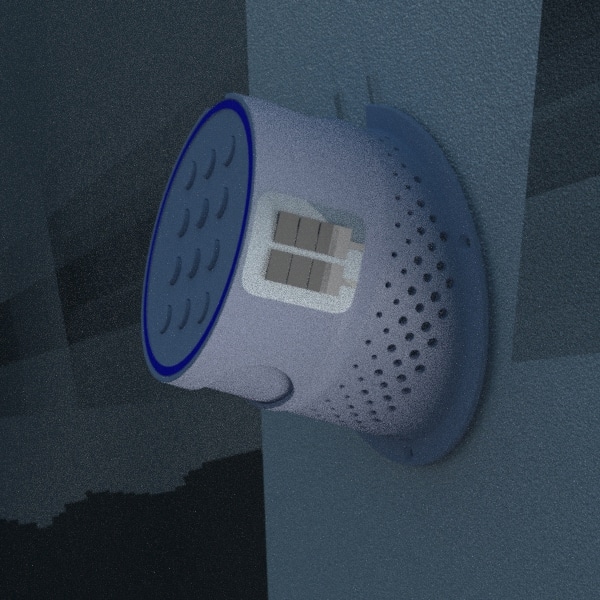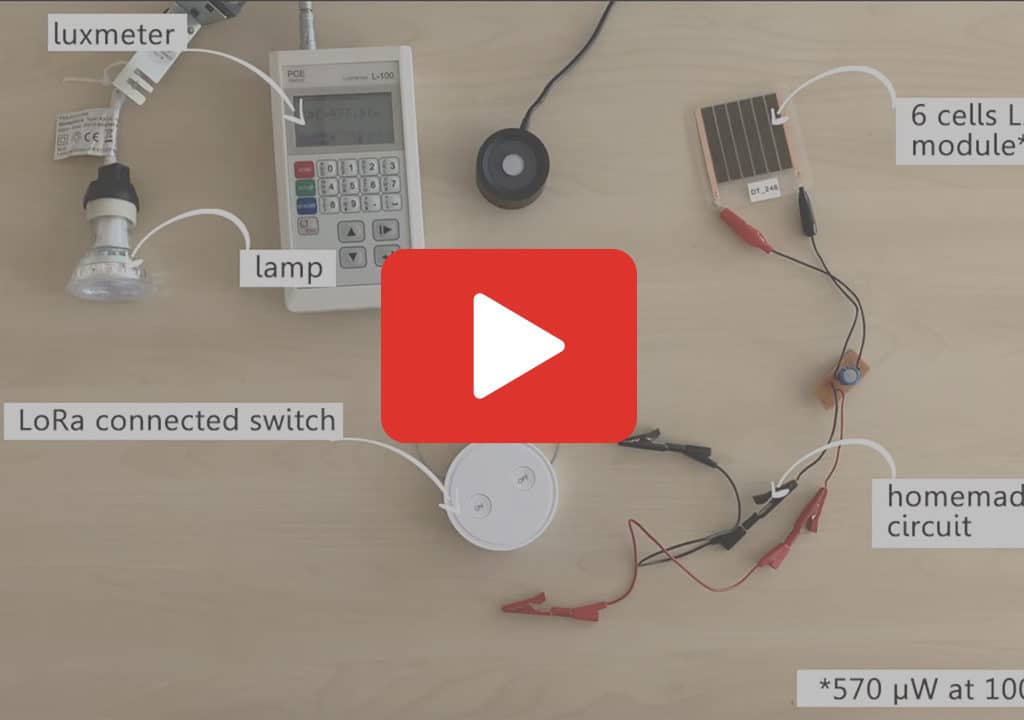Connect and Forget: How Light-Powered IoT Sensors Are Reshaping Smart Buildings
What if IoT sensors could finally live up to the promise of true autonomy? Thanks to ambient energy and Organic Photovoltaic (OPV) technology, it’s now possible to deploy wireless sensors that require no batteries—and no maintenance. A major leap forward for building automation.
Moving Beyond Batteries
Most IoT sensors used in buildings today rely on batteries. This introduces a range of challenges: regular replacements, service interruptions, high maintenance costs, and the environmental burden of electronic waste. OPV-powered sensors bring a fundamental shift with a “connect and forget” approach—once installed, they run on light and keep running.
How It Works
Organic photovoltaic cells harvest ambient light—whether natural or artificial—to power sensors directly. Unlike conventional solar, OPV performs efficiently in low-light indoor environments and can be seamlessly integrated into various surfaces and materials.
Scalable Across All Building Types

From offices to hospitals, retail spaces to industrial facilities, OPV-powered sensors can be deployed virtually anywhere. They collect vital data like air quality, temperature, humidity, occupancy, or asset location—continuously and autonomously, with no need for battery replacements or wired infrastructure.
This not only simplifies installation and reduces environmental impact, but also enhances operational efficiency. The data can feed into smart building systems to improve energy performance, comfort, and safety in real time.
Ready for Real-World Use
OPV-powered sensors are already being tested and deployed in real environments. Their reliability, ease of integration, and compatibility with cloud platforms make them a practical and scalable solution for any building digitization strategy.
In this interview, Roelof Koopmans shares insights on real-world deployment, integration challenges, and the types of devices OPV can power.









